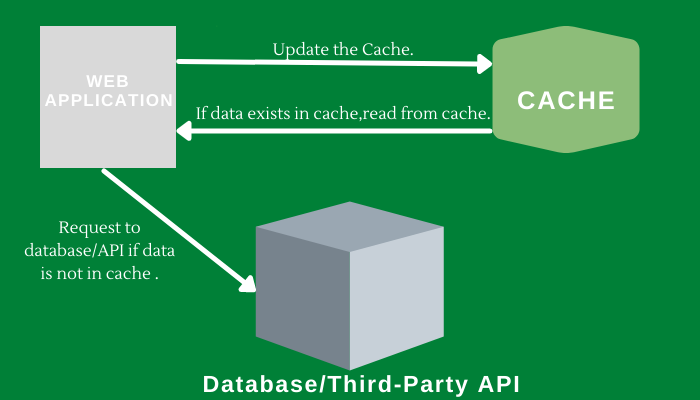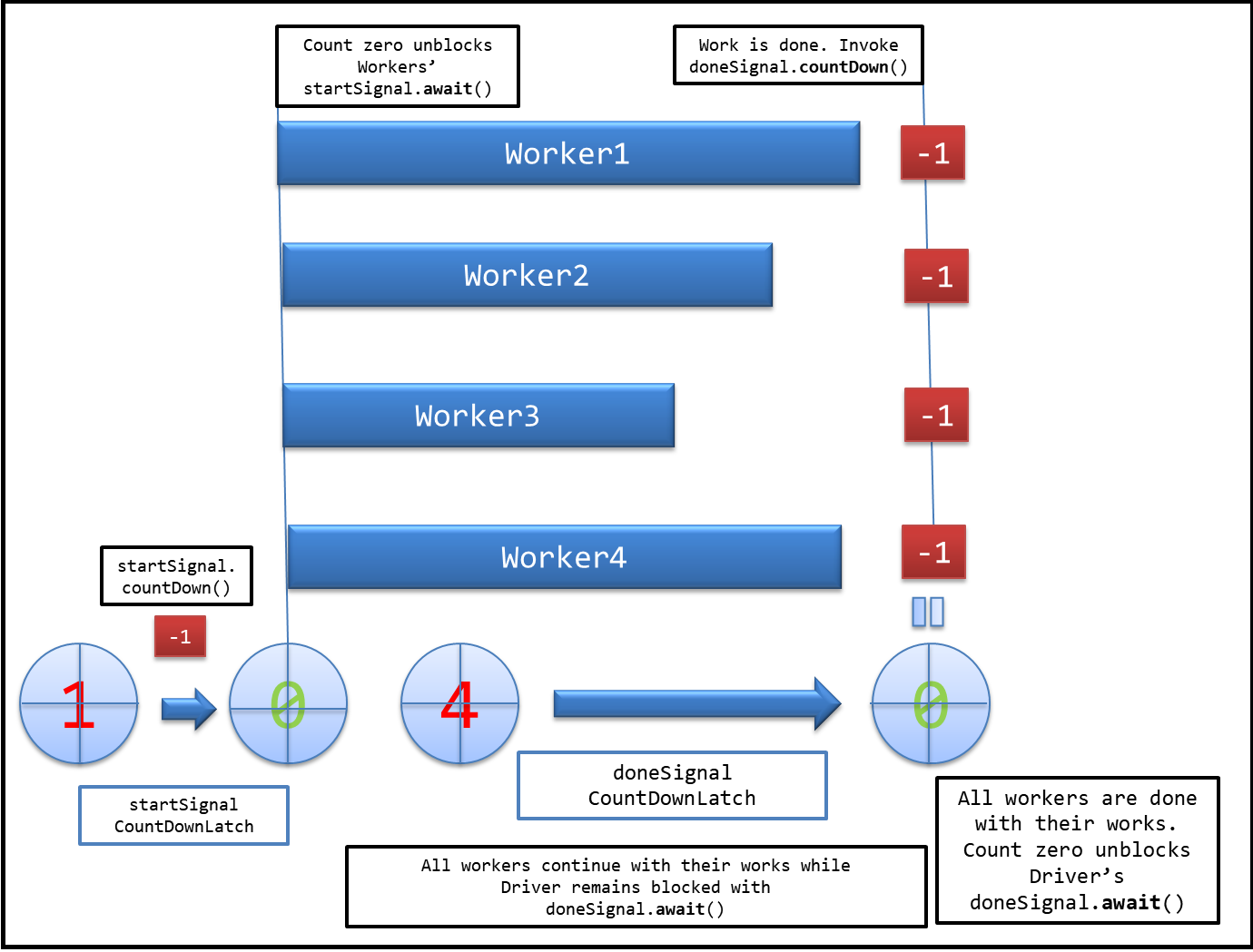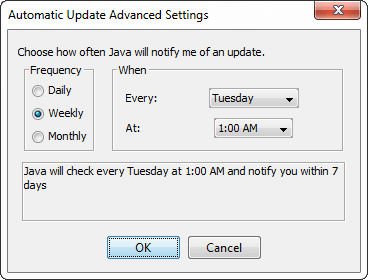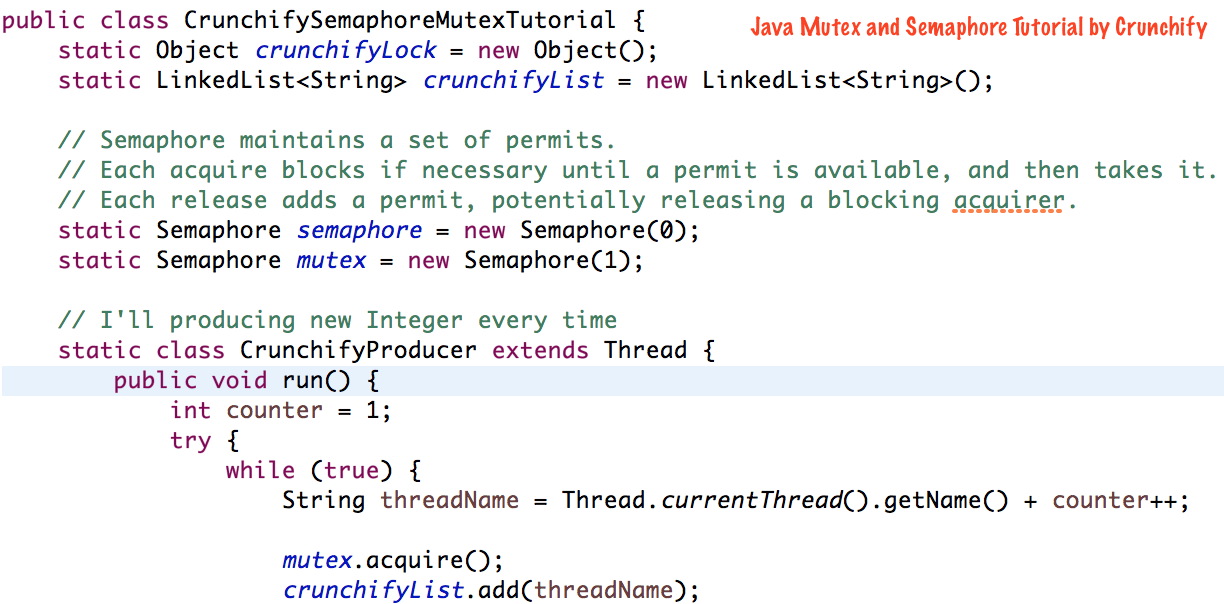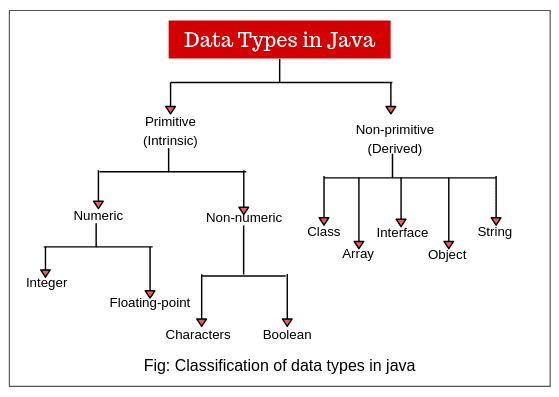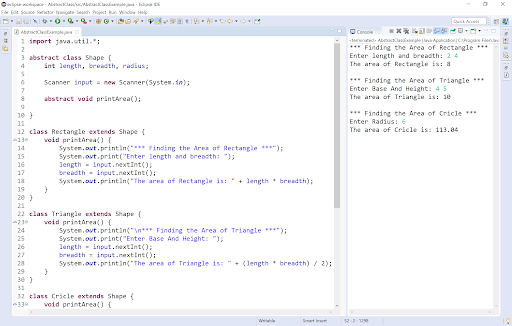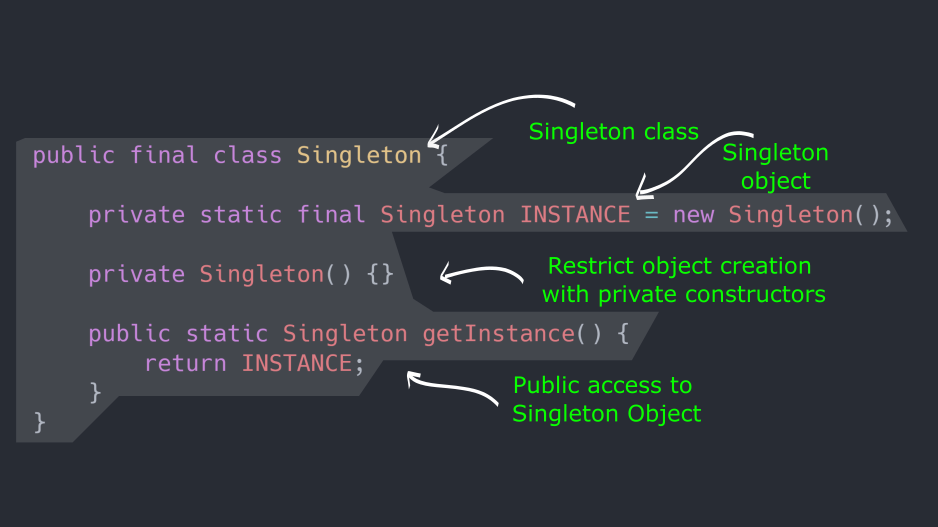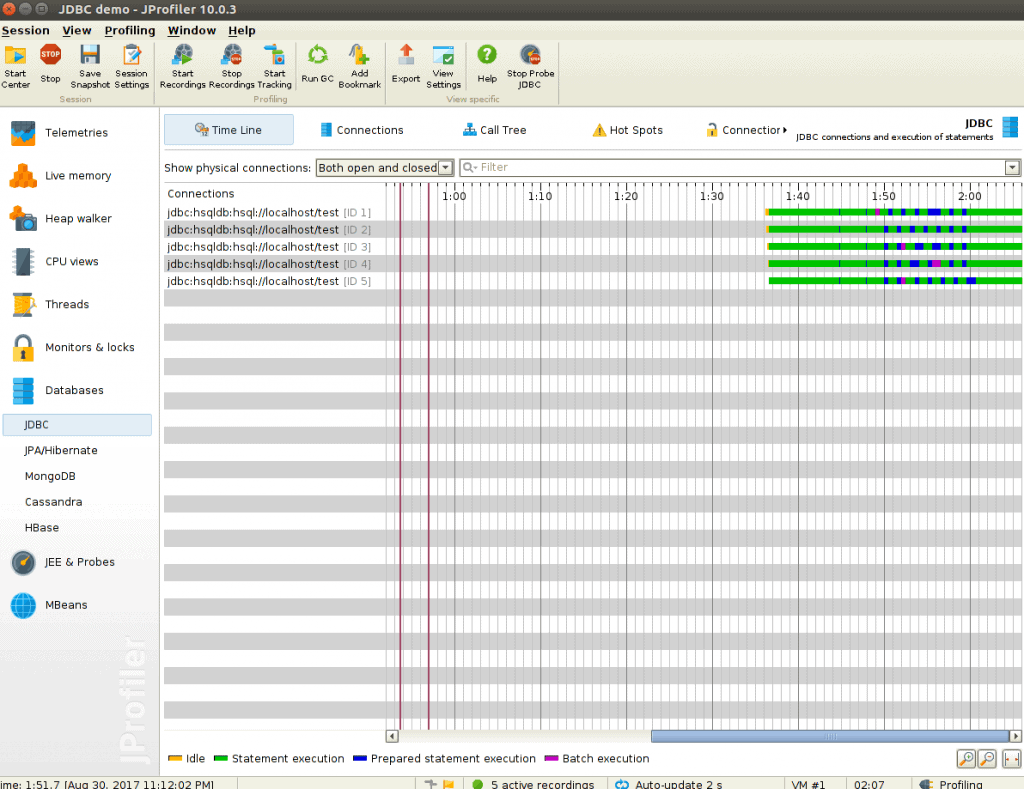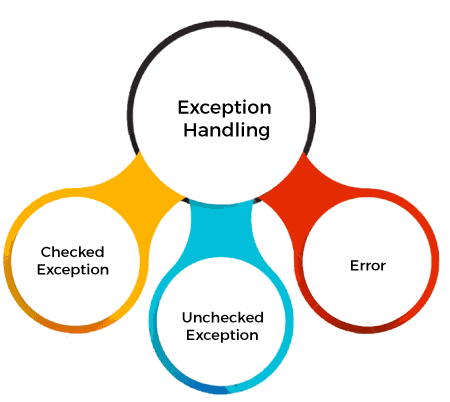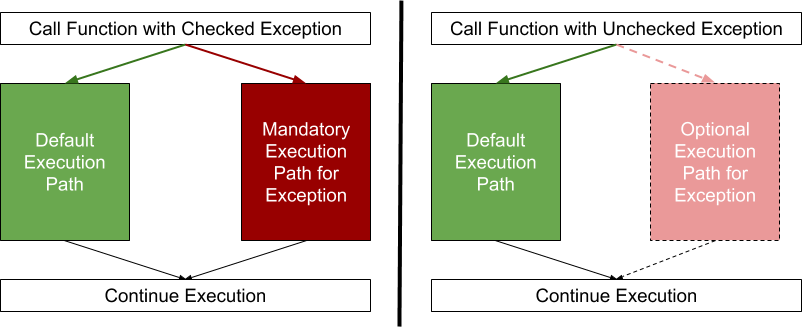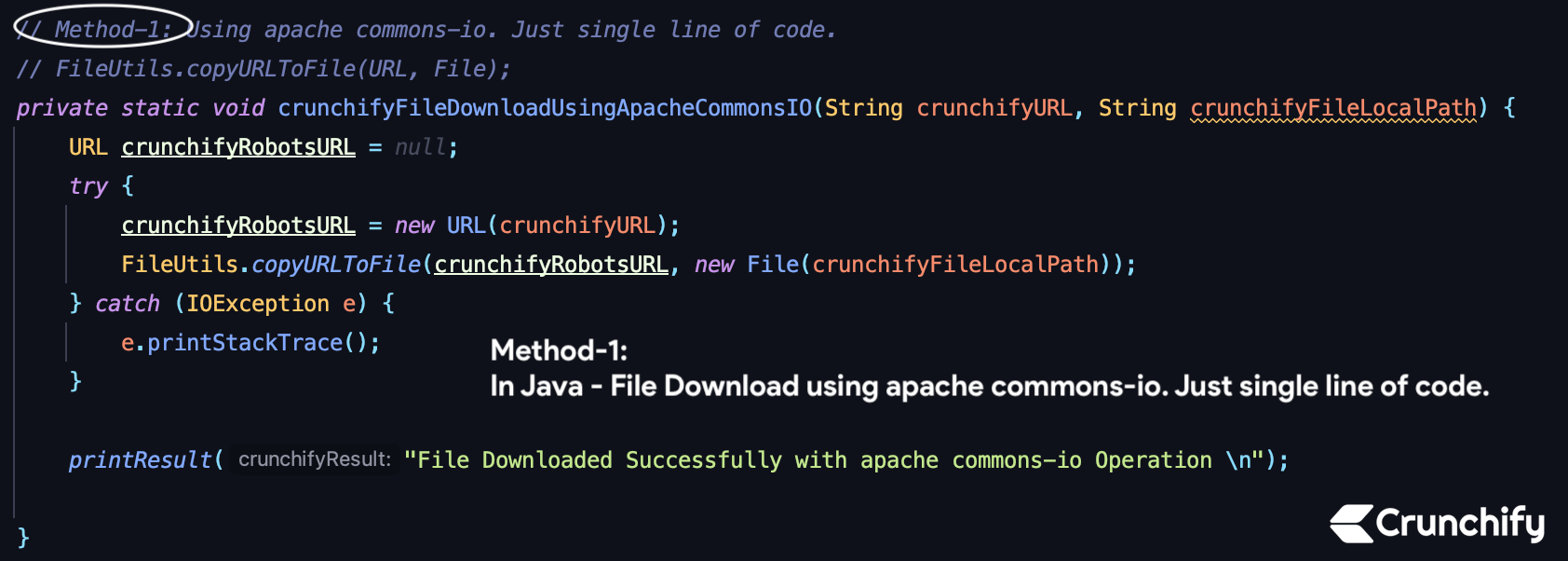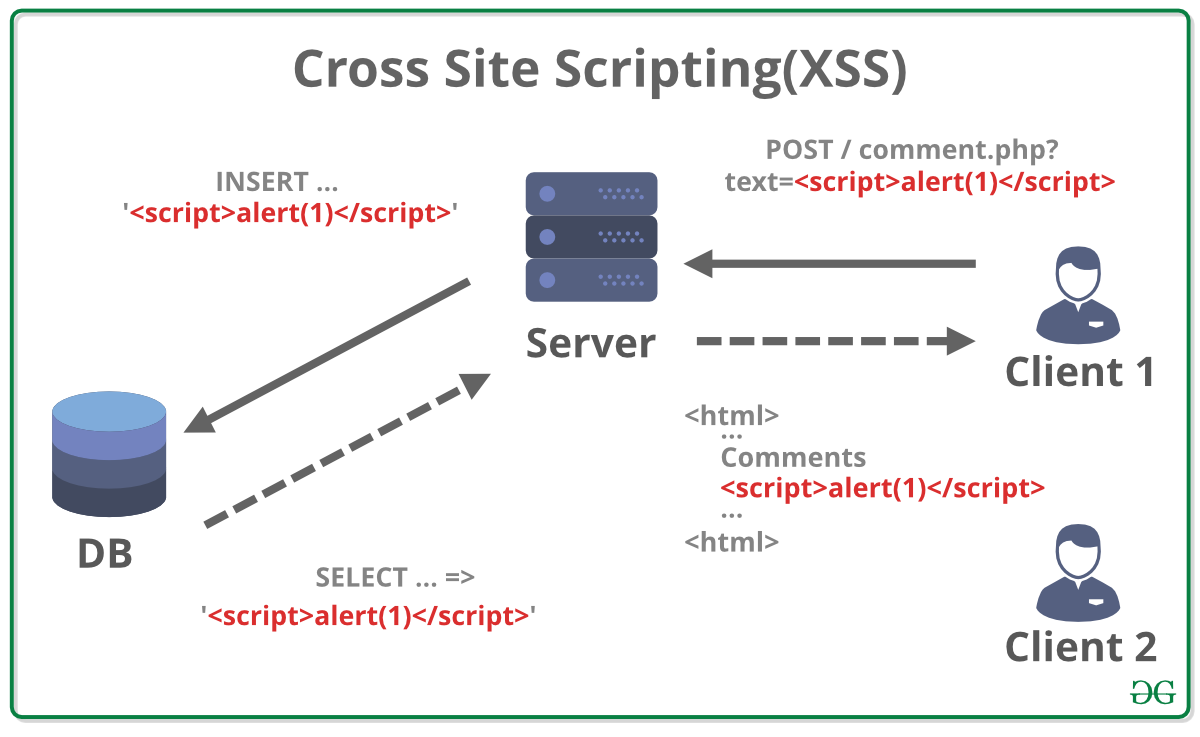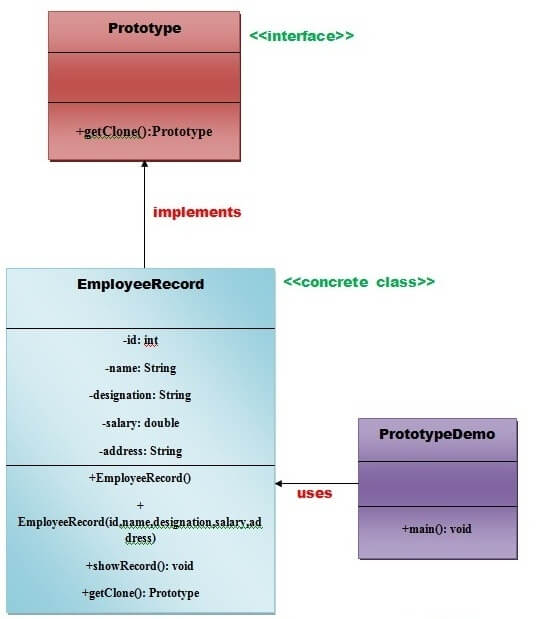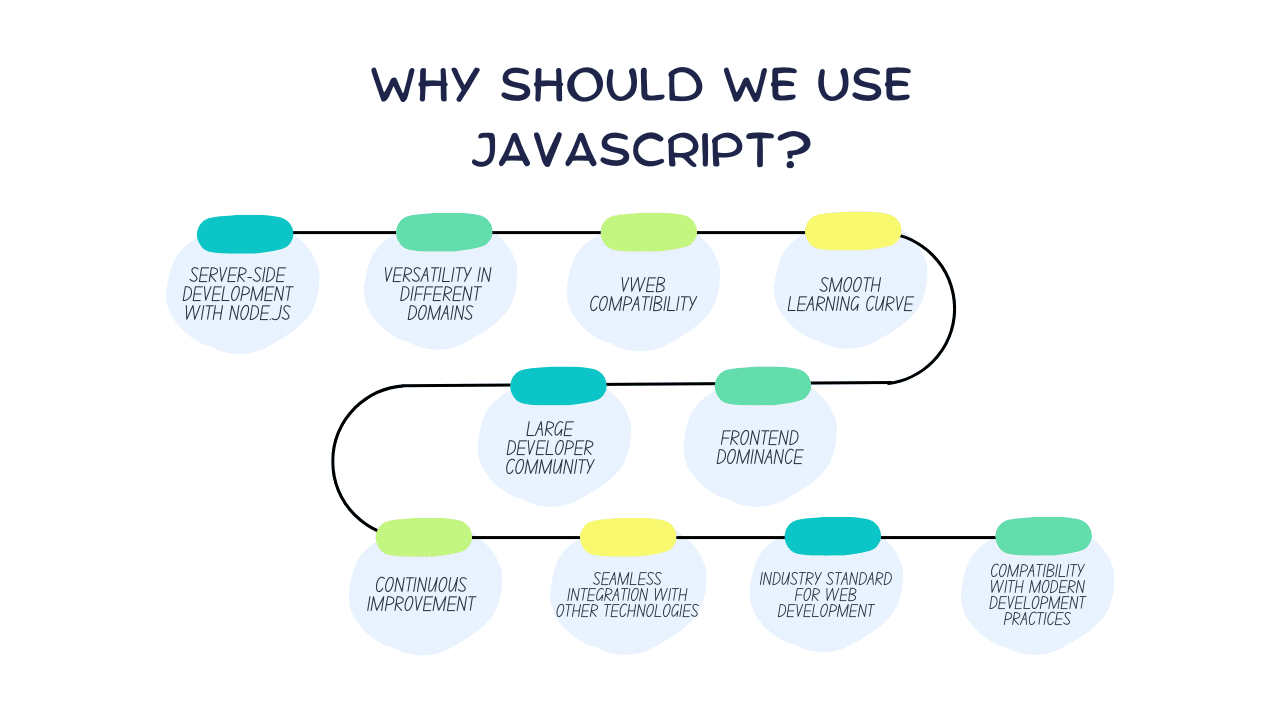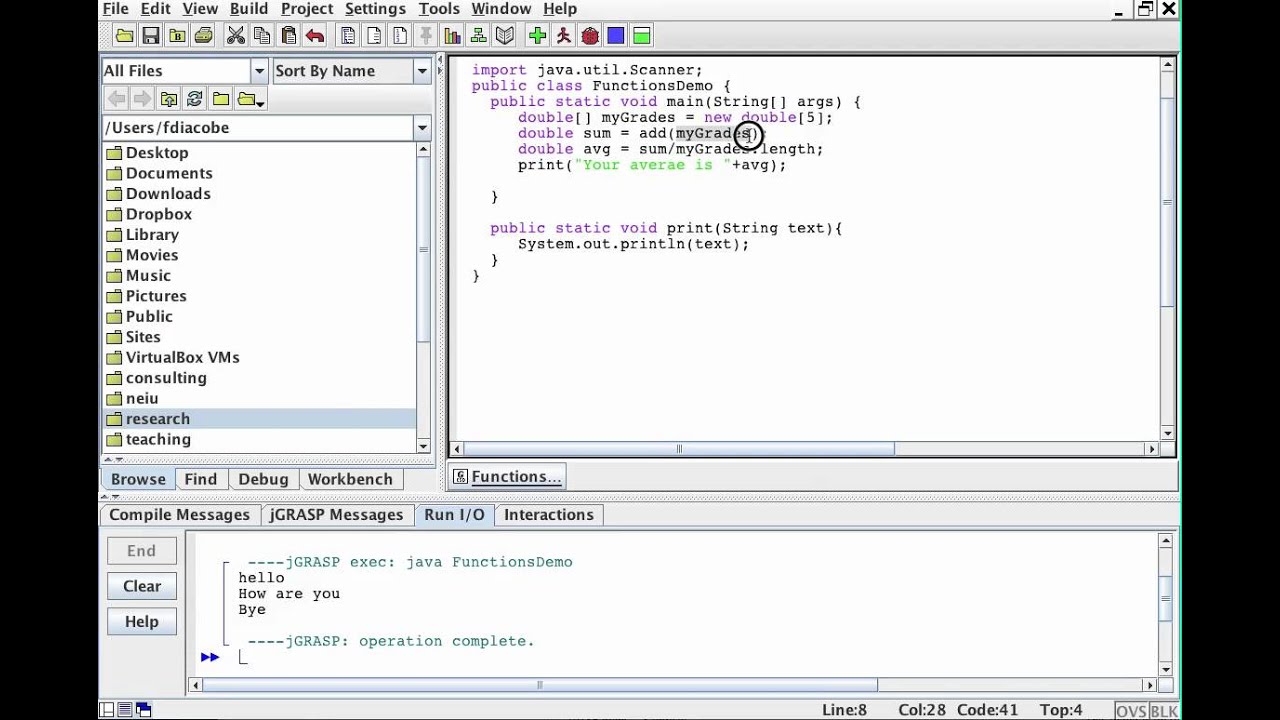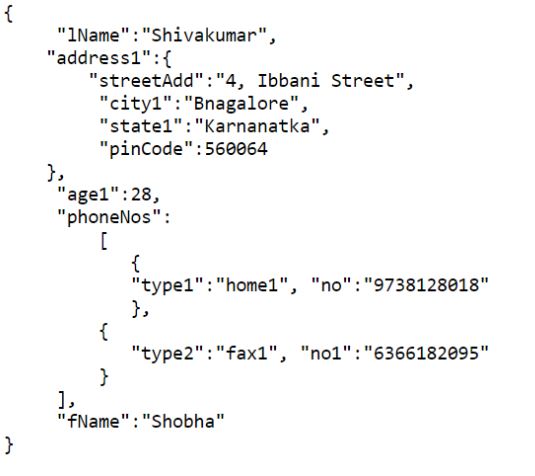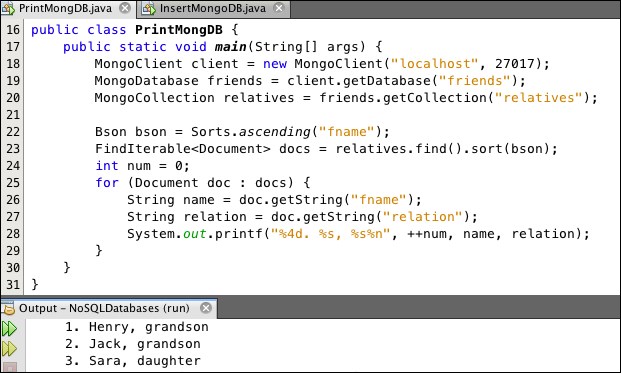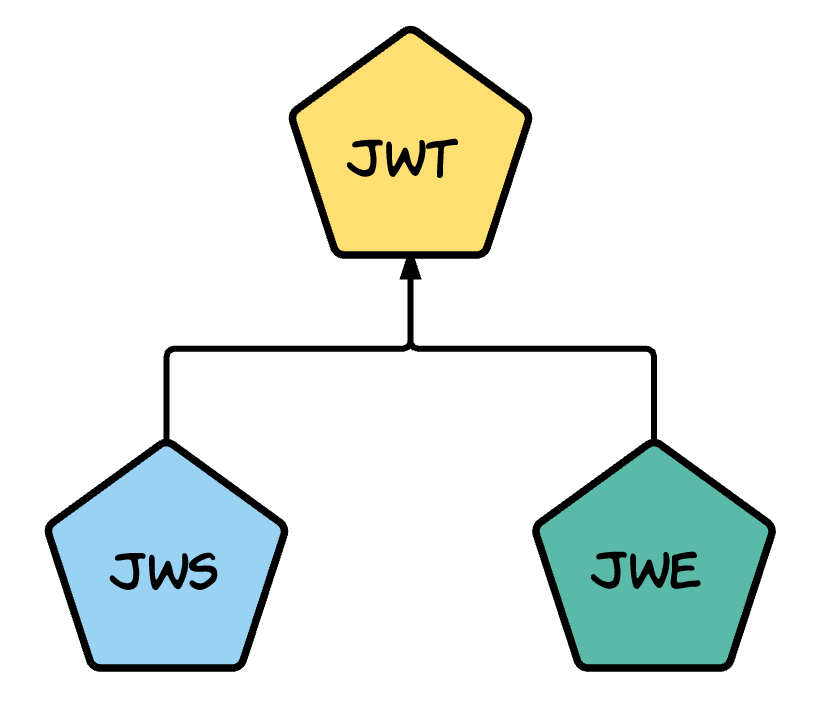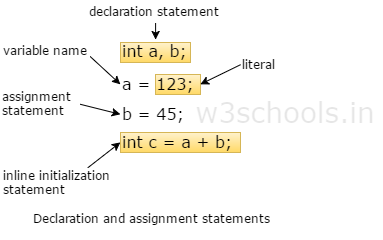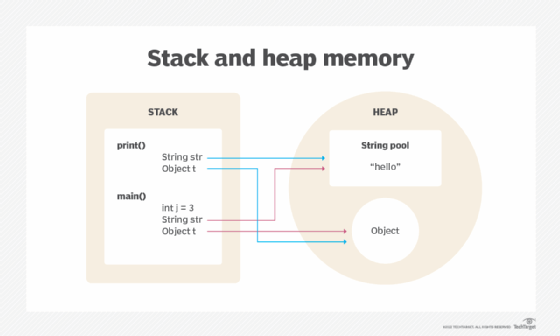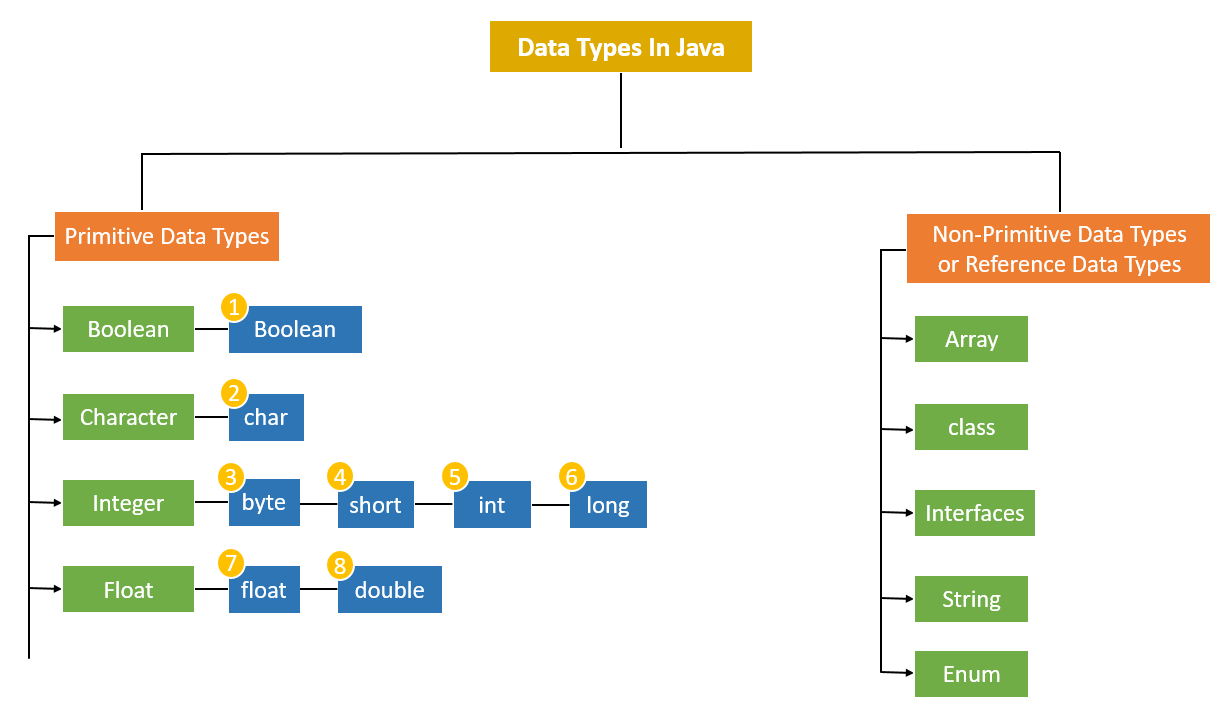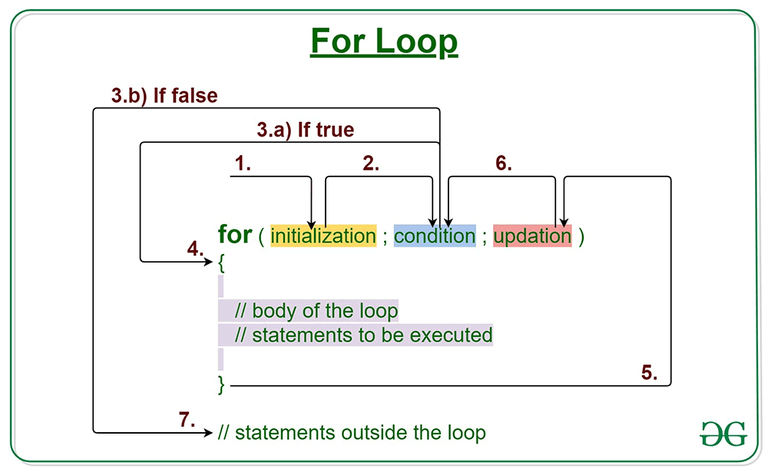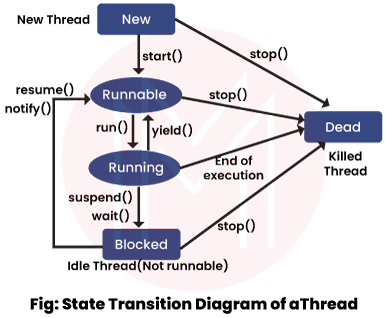How to get full URL path in Java?
How to get full URL path in Java?
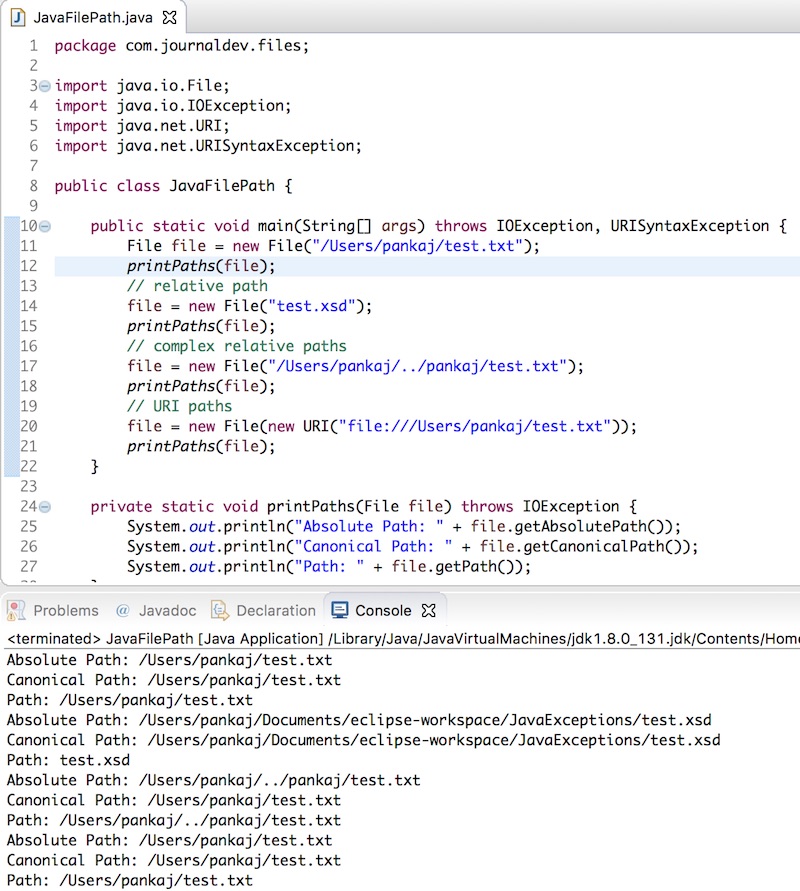
I'm happy to help you with that!
In Java, getting the full URL path can be achieved using various methods. Here are a few approaches:
1. Using the HttpServletRequest object:
When working with servlets or JSPs, you can use the HttpServletRequest object to get the full URL path.
import javax.servlet.http.HttpServletRequest;
public class MyServlet extends HttpServlet {
public void doGet(HttpServletRequest request, HttpServletResponse response) throws ServletException, IOException {
String urlPath = request.getRequestURI();
System.out.println("Full URL Path: " + urlPath);
}
}
In this example, request.getRequestURI() returns the full URL path.
2. Using the URL class:
The URL class in Java provides a way to work with URLs. You can create a URL object and call its methods to extract the URL components, including the path.
import java.net.URL;
public class MyMain {
public static void main(String[] args) throws Exception {
String urlStr = "http://example.com/my/path";
URL url = new URL(urlStr);
System.out.println("Full URL Path: " + url.getPath());
}
}
In this example, url.getPath() returns the path component of the URL.
3. Using the URI class:
The URI class in Java provides a way to work with URIs (Uniform Resource Identifiers). You can create a URI object and call its methods to extract the URI components, including the path.
import java.net.URI;
public class MyMain {
public static void main(String[] args) throws Exception {
String uriStr = "http://example.com/my/path";
URI uri = URI.create(uriStr);
System.out.println("Full URL Path: " + uri.getPath());
}
}
In this example, uri.getPath() returns the path component of the URI.
4. Using a third-party library:
If you're working with web frameworks like Spring or Vaadin, you can use their built-in APIs to get the full URL path.
For example, in Spring, you can use the RequestContextHolder class:
import org.springframework.context.request.RequestContextHolder;
import org.springframework.web.context.request.WebRequest;
public class MyService {
public String getFullUrlPath() {
WebRequest request = (WebRequest) RequestContextHolder.getRequestAttributes().getRequest();
return request.getRequestURI();
}
}
In Vaadin, you can use the UI.getCurrent() method:
import com.vaadin.ui.UI;
import java.net.URL;
public class MyView extends VerticalLayout {
public void init(UICustomizer customizer) {
String urlPath = UI.getCurrent().getPage().getRelativePath();
System.out.println("Full URL Path: " + urlPath);
}
}
In each of these examples, the full URL path is obtained and printed to the console. Depending on your specific use case, you can choose the method that best fits your needs.
Java url builder github
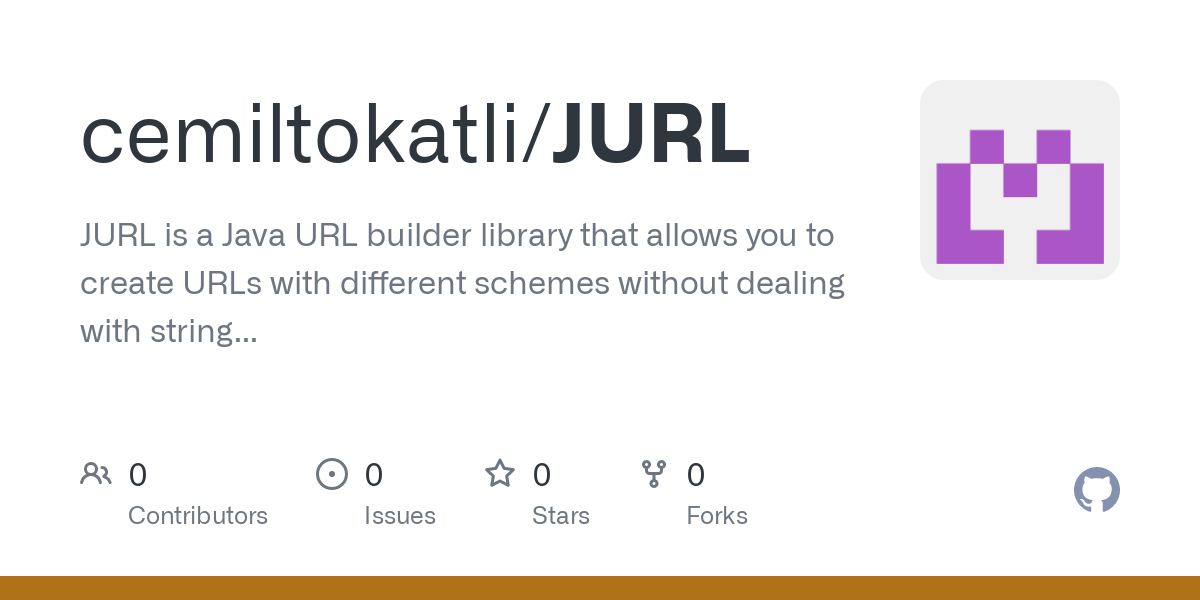
Java URL Builder on GitHub!
For those who are new to this concept, let me break it down for you. The Java URL Builder is a simple, yet powerful tool that helps construct URLs in Java applications. It's a part of the popular Apache HttpClient library.
What's the Problem with URLs?
Constructing URLs in Java can be cumbersome and error-prone. Imagine having to manually combine strings for the protocol, hostname, port number, path, query string, and fragments. This process is prone to errors, especially when dealing with complex URLs that require additional parameters or encoding.
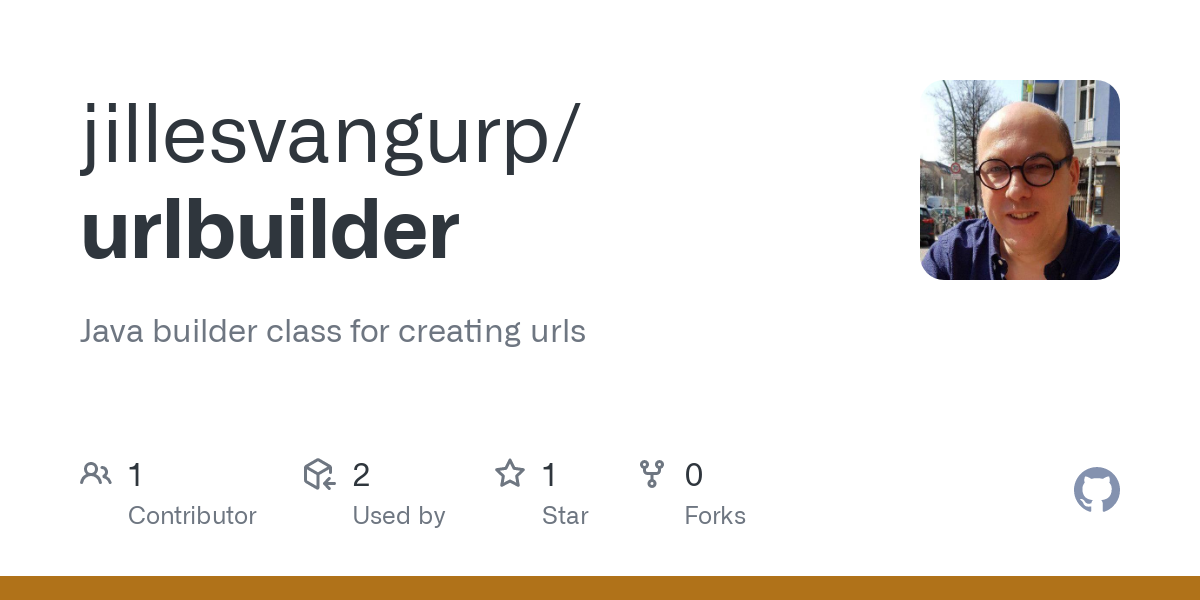
Enter the URL Builder!
The URL Builder simplifies this process by allowing you to construct a URL in a step-by-step manner. You can specify individual components like protocol, hostname, port number, path, query string, and fragments. This makes it easier to create URLs with varying levels of complexity.
Key Features:
Step-by-Step Construction: Construct a URL by adding individual components.
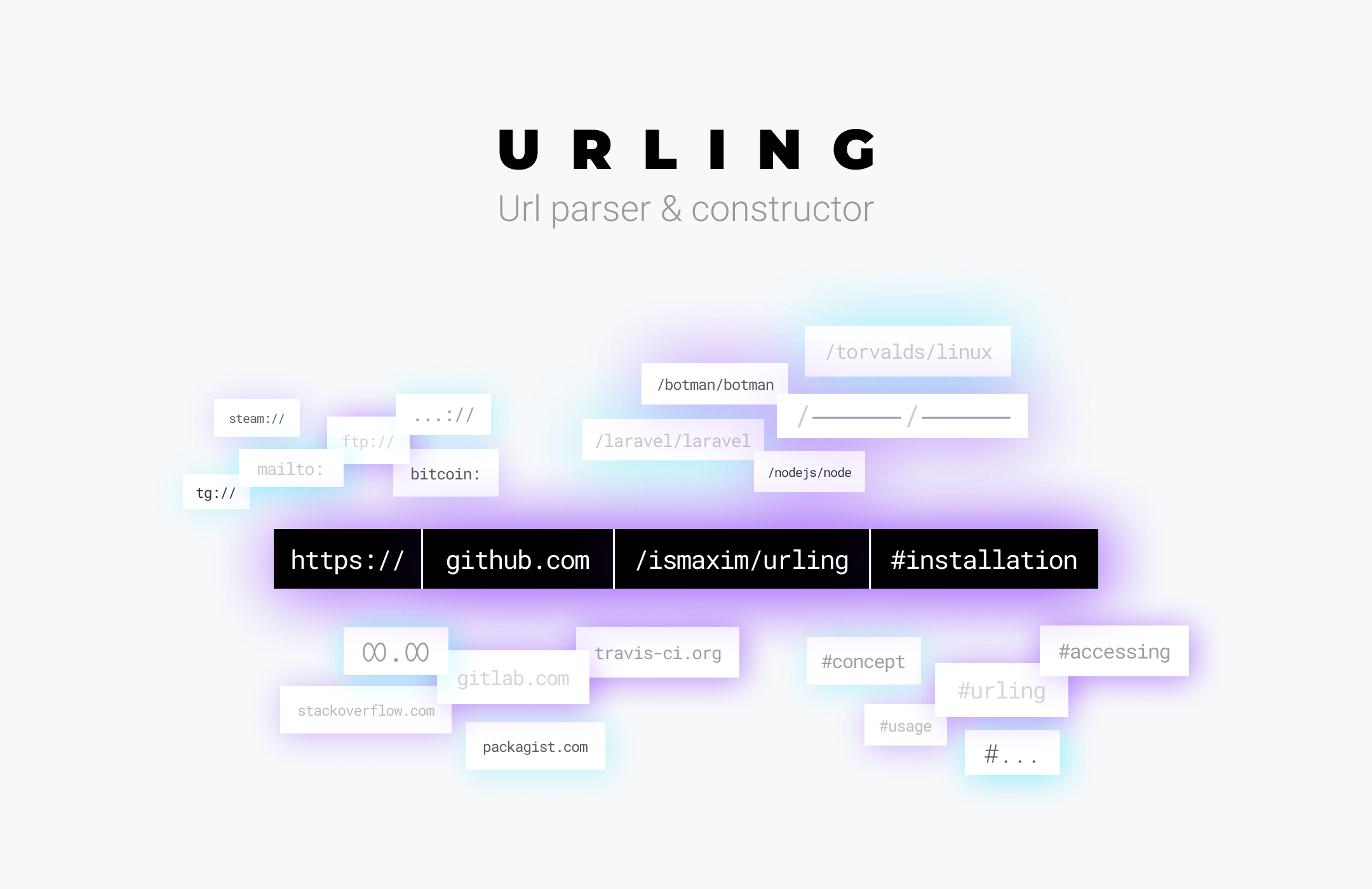
Benefits:
Improved Code Readability: Constructing URLs in a step-by-step manner makes it easier to understand and maintain code. Reduced Errors: The URL Builder minimizes errors by automating the encoding process and ensuring proper formatting. Flexibility: Easily create complex URLs with varying levels of complexity.Using the Java URL Builder:
To use the Java URL Builder, you can simply add the Apache HttpClient library to your project. Then, import the org.apache.http.client.utils.URIBuilder class and start constructing your URLs!
Here's an example:
import org.apache.http.client.utils.URIBuilder;
// Create a new URL Builder
URIBuilder builder = new URIBuilder("https://example.com");
// Add parameters to the query string
builder.setParameter("param1", "value1");
builder.setParameter("param2", "value2");
// Set the fragment (anchor)
builder.setFragment("#anchor");
// Get the constructed URL as a string
String url = builder.build().toString();
The Java URL Builder is an excellent tool for any Java developer looking to simplify the process of constructing URLs in their applications. It's easy to use, reduces errors, and provides flexibility when working with complex URLs.
Conclusion:
In this article, we explored the Java URL Builder, a powerful library that simplifies constructing URLs in Java applications. We discussed its key features, benefits, and usage examples. By incorporating this tool into your projects, you can ensure that your URLs are properly formatted, encoded, and parameterized, making it easier to maintain and debug your code.
References:
Apache HttpClient documentation: https://hc.apache.org/httpcomponents-client-ga/index.html Java URL Builder GitHub repository: https://github.com/apache/httpclient-legacy/tree/master/src/main/java/org/apache/http/client/utilsHappy coding!
